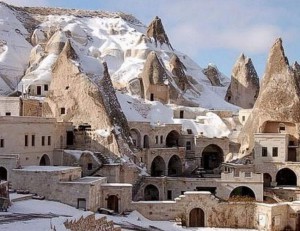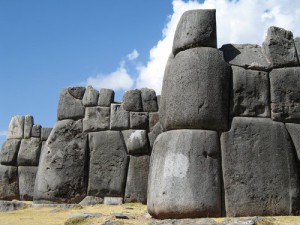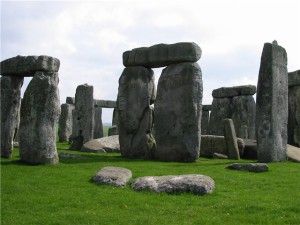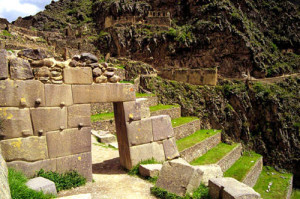Pyramids of Giza – the history of the ancient monument of Egypt
 Normally, under the concept of “pyramids of Giza” modern man understands only the complex of the three largest buildings of Khufu, khafra and menkaura. However, it is supplemented by a large number of smaller pyramids, temples, ancient cemeteries and, of course, the legendary Sphinx.
Normally, under the concept of “pyramids of Giza” modern man understands only the complex of the three largest buildings of Khufu, khafra and menkaura. However, it is supplemented by a large number of smaller pyramids, temples, ancient cemeteries and, of course, the legendary Sphinx.
The history of the pyramids in Giza
The exact dates of construction of these monuments still can not say anything definite. However, there is no doubt that the construction of the entire complex in Giza valley was completed to the XXIII century BC that is the age of the youngest of the monument goes back at least 3200 years.
Initially, the shape of the pyramids was quite different than now. The main entrances to the tombs were built covered galleries connecting them with churches. But the main thing – the giant stone faces of graves covered the shining of Tura limestone, the thickness of which was about one meter. Today of former grandeur can only guess – according to ancient sources, the pyramids of Giza, thanks to the veneer of limestone that glistened in the sun, and Shine that was visible even from the valley of the Nile (a distance of 25 kilometers).
The uniqueness of the pyramids
About the uniqueness and architectural value of the pyramids is better illustrated by the fact that, of the “seven wonders of the ancient world” has survived to this day are the only ones. In addition, up to 1880, the monuments at Giza, and the pyramid of Cheops, was vysokopolnogo man-made structure on earth (almost 150 meters).
Still, it is surprising how relatively underdeveloped the Egyptian civilization was able to build such monumental buildings. One only the great pyramid consists of two million blocks of stone, the weight of the greater part of which reaches 2,5 tons. Without wheels, complex lifting systems builders managed to achieve such high quality work that still inner rooms facing tremendous pressure, not collapsed. And between the blocks impossible to insert even a tiny needle.
Lots of interesting theories with fans of mysterious causes and the unusual placement of the tombs relative to each other and maps of the starry sky. So, the pyramids of Khufu and khafra are strictly diagonally from each other, and the smallest tomb of menkaura is shifted slightly to the East. Thus, the structure according to your drawing precisely reproduce the appearance of one of the largest constellations in the Northern sky – the belt of Orion.
In the history of the pyramids in Giza is still a lot mysterious, and the interest in them does not subside. Especially tourist interest, no wonder millions of visitors to Egypt invariably acquire excursions to Giza, despite the removal of the complex from the main seaside resorts of the country.




